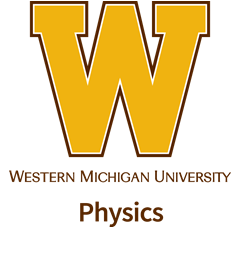Speaker
Dr
Clara Sousa-Silva
(MIT)
Description
The search for biosignatures requires a sophisticated understanding of exoplanet atmospheres and the molecules within them. Current atmospheric models consider only a few dominant molecules, all of which can lead to false positives in the remote detection of life.
The rich tapestry of life makes use of thousands of molecular species that could contribute towards a biosphere and its associated atmospheric spectrum. A comprehensive analysis of such an atmosphere requires spectral information for each of its molecular components. However, knowledge of molecular spectra currently only exists for a few hundred molecules and, other than a handful of exceptions (e.g. water, CO), most spectra are incomplete. Measuring these molecules experimentally leads to accurate but limited spectra, and it can be difficult, perilous, and sometimes altogether impossible. Theoretical calculations have become a valuable tool in obtaining molecular spectra but, for the majority of molecules, this process remains computationally prohibitive.
Given the relatively low level of accuracy that astronomical observations require, there is value in creating approximate models for the spectra of molecules, particularly for those about which we know very little or nothing at all. ATMOS (Approximate Theoretical MOlecular Spectra) aims to do just that, using a combination of experimental measurements, organic chemistry, and quantum mechanics. ATMOS 1.0, presented here, can identify potential biosignatures with significant spectral features in any given wavelength window.
Author
Dr
Clara Sousa-Silva
(MIT)

